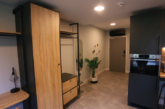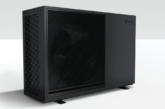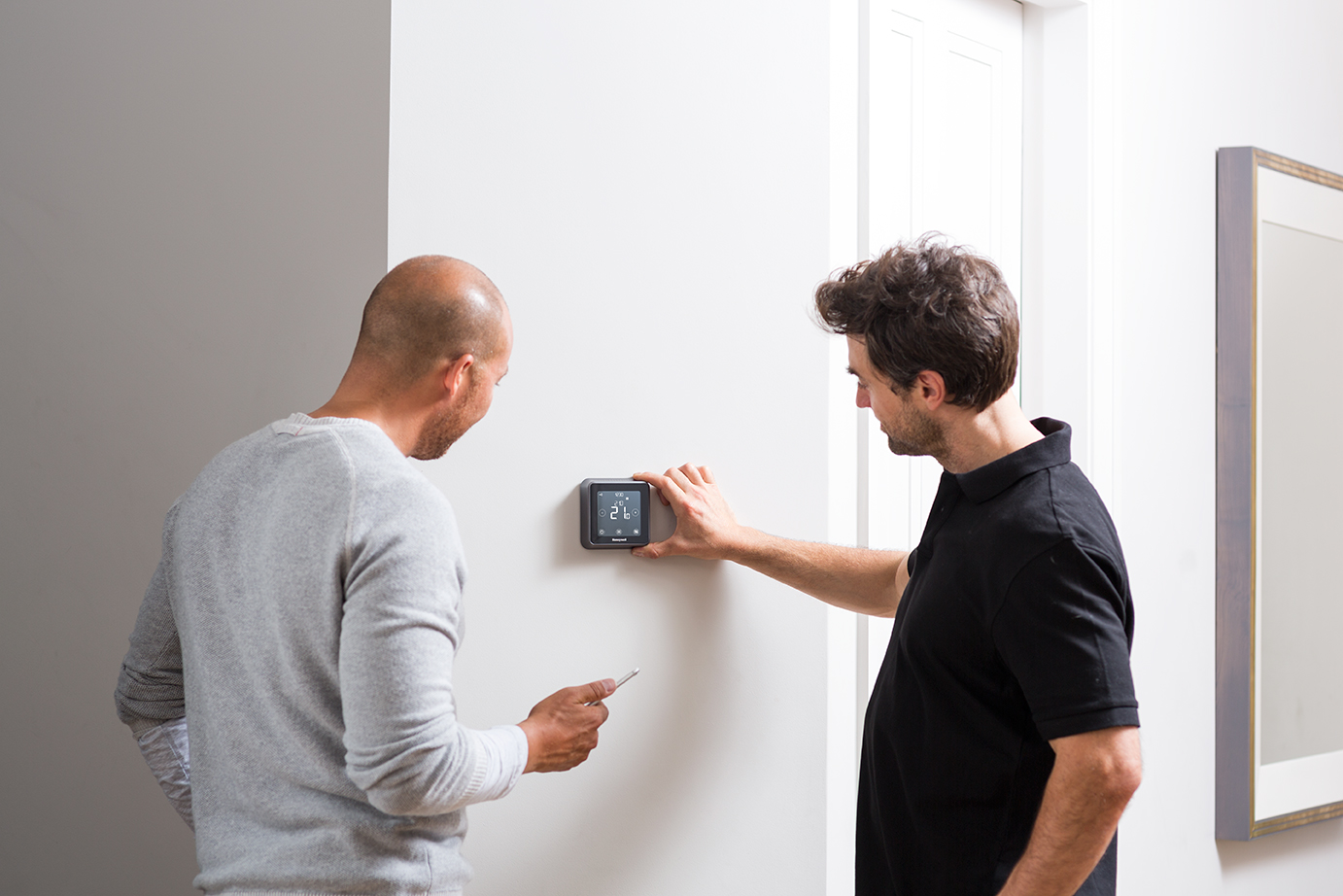
The level of comfort and energy savings that heating controls deliver make them an attractive feature to potential homebuyers. Andy Mansfield from Honeywell examines the issue.
According to the Domestic Heating Compliance Guide, a room thermostat and Thermostatic Radiator Valves (TRVs) must be fitted on all new gas central heating systems to provide time and temperature control over space heating. Separate timing control for Domestic Hot Water (DHW) must also be provided in systems with stored hot water – for example, those which employ a system boiler. This is to achieve boiler interlock: a process in which controls are wired so that when there is no demand for either space heating or hot water, the boiler and pump are switched off to save energy.
The guidelines are even tighter for dwellings with a floor area greater than 150m2, which state that the property must be divided up into at least two space heating zones with independent temperature control. However, legislative compliance is merely a starting point. Housebuilders can add value by going above and beyond the legislation and choosing a programmable or connected device which has a whole host of benefits over a traditional room thermostat.
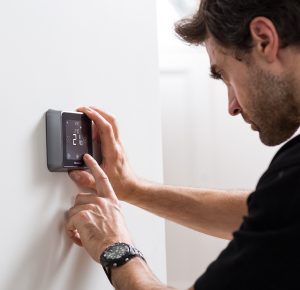 Programmable thermostats
Programmable thermostats
The entry-level model of intelligent heating controls is the programmable thermostat, such as the Honeywell T4. Such devices incorporate a level of automatic control which makes the boiler work more efficiently with minimal user interaction.
Programmable thermostats incorporate sophisticated technology, such as time proportional & integral (TPI), which keeps the boiler in condensing mode for longer and reduces on/off cycling – saving energy and reducing wear and tear on components.
In fact, using a TPI thermostat with TRVs has been proven to reduce energy bills by 13% compared to a non-TPI model. It works by closely monitoring room temperature in comparison with the desired set point. When this is within a range of 1.5 degrees Celsius, the TPI software performs a series of calculations to determine how long the boiler needs to be fired to reach and maintain the set temperature. This ‘smart’ firing of the boiler will mean that the boiler is fired just long enough to achieve the set temperature, increasing energy efficiency.
Another clever feature that programmable thermostats have is OpenTherm. It works by allowing the amount of heat provided by the boiler to be altered to match the varying demand signal by reducing the flow temperature to a minimum possible level as it leaves the boiler. This modulation improves boiler efficiency by running at lower flow temperatures for longer periods of time. OpenTherm boilers also have superior fault-finding capabilities, ensuring that the installer can monitor the system and swiftly react to faults.
Programmable thermostats are ideal for social housing or buy-to-let schemes as they reduce energy bills without requiring much user interaction. Modern versions also have clean, streamlined interfaces which are both functional and aesthetically pleasing.
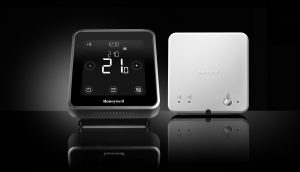
Smart connected thermostats
In addition to clever technology running the background, connected thermostats such as the Lyric T6/T6R are WiFi-enabled, which facilitates a number of useful features. For example, they offer the ability to control central heating remotely via an app on a smartphone or tablet.
Some models, including those in the Lyric range, also have location-based temperature control (geo-fencing). Thermostats with this function use the Global Positioning System (GPS) to detect when there is nobody at home and automatically lower the heating to the level required for an empty property, leaving no room for user error.
Compatible models can also be controlled using a smart home hub, such as Amazon Echo, Apple HomeKit or Google Home. Through the device’s built-in digital assistant, homeowners can use voice commands to adjust their levels of comfort as required. It’s important that technology supplied in a new home is compatible with these home hubs too, as they are set to become a regular part of consumers’ everyday lives. According to research conducted by YouGov, over a quarter (26%) of people are already interacting with day-to-day technology using voice, whilst 71% think it will be used for one or more daily tasks in 10 years’ time.
Zoning thermostats
Zoned heating systems give homeowners the greatest level of flexibility, comfort and energy efficiency. Rooms that are not in use can be ‘zoned off’, so that heating is only supplied to certain areas to minimise energy use.
This can be achieved by adding additional motorised zone valves into the heating circuit, in conjunction with a multi-zone programmer and room thermostat for each zone. However, to make this process easier, wireless controls that zone without motorised zone valves are available. One example is the evohome multi-zoning system, which caters for up to 12 heating zones plus hot water control, providing individual radiator control with multi-point boiler interlock in heating systems where zoning is required. It can also control underfloor heating.
As multiple heating zones are a requirement for properties greater than 150m2, a multi-zoned system is ideally suited to larger, premium developments where discerning buyers expect the utmost in control, comfort and technology. Having multiple heating zones is also particularly useful for multi-occupancy premises so that each resident can adjust the temperature of their living space to meet their individual needs.
There is now a heating control to suit every type of new-build property. Connected and zoning models have attractive additional benefits, whilst entry-level programmable thermostats provide significant energy savings without all the frills.

